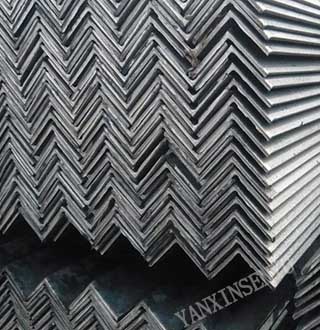Galvanized angle also known as hot-dip galvanized angle or hot-dip galvanized angle.Galvanized angle uses a lot, in general, galvanized angle is the angle after the rust dipped around melted zinc solution, so that the angle attached to the surface of the zinc layer, and thus serve the purpose of corrosion, suitable for a variety of strong acid, alkali mist and other corrosive environment.
Flame Xinsen domain galvanized angle uses more widely, the advantages are also more:
1, the processing cost is low: the cost of galvanized anti-rust paint coating is lower than other costs;
2, saving time and effort: galvanizing process compared to other coating construction method is more efficient and time-saving, and can avoid the time required for brushing on the site after installation;
3, the toughness of the coating: galvanized layer to form a special metallurgical structure, this structure can withstand mechanical damage in the transport and use;
4, good reliability: between the galvanized layer and the steel is a metallurgical bond, a part of the steel surface, so the durability of the coating is more reliable;
5, comprehensive protection: each part of the plating can be coated with zinc, even in the depression, sharp corners and hiding place can be fully protected;
6, durable: galvanized angle steel has a surface gloss, zinc layer uniform, seamless plating, no drops slip, corrosion resistance and strong characteristics, in urban or offshore areas, the standard hot dip galvanized anti-rust layer can be maintained for 20 years without having to repair; in suburban environment, the standard hot dip galvanized anti-rust thickness can be maintained for 50 -- 60 years
The surface quality of galvanized angle steel is stipulated in the standard, and the general requirement shall not exist the use of harmful defects, such as stratification, scarring, cracks, etc.
Angle geometry deviation allowable range in the standard is also specified, generally including bending, side width, side thickness, angle, theoretical weight, etc., and the provisions of the angle shall not have a significant twist.














